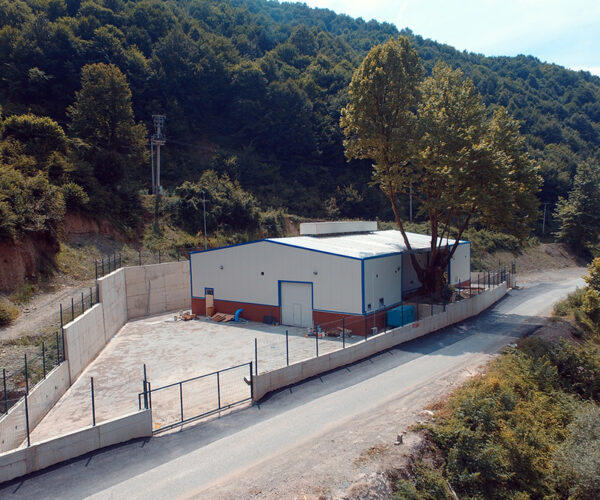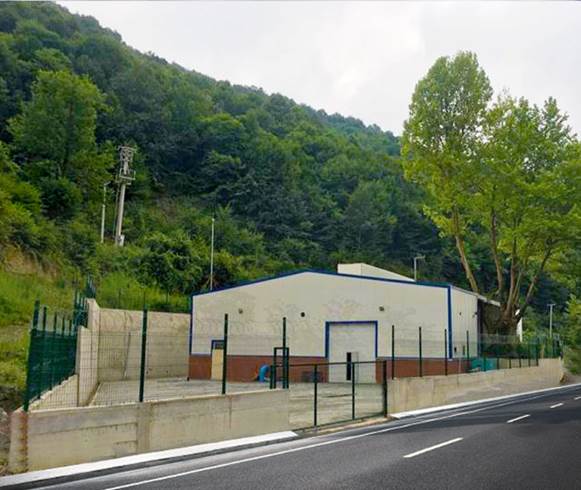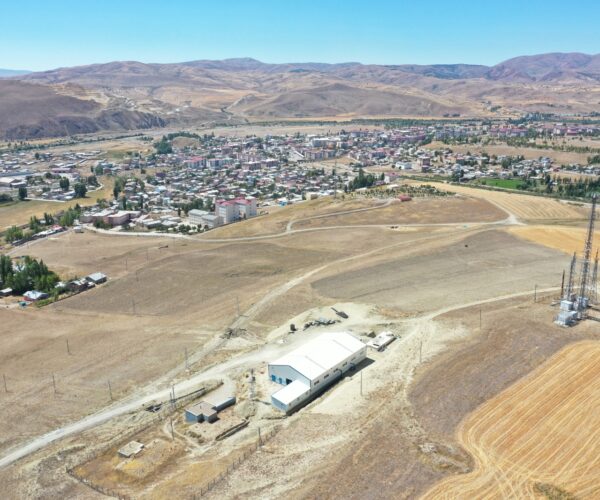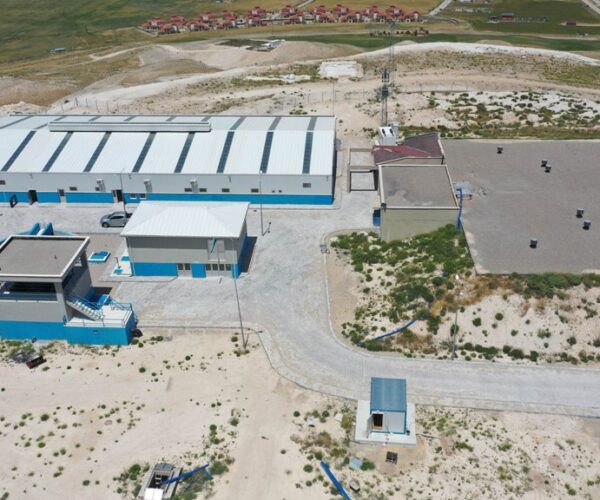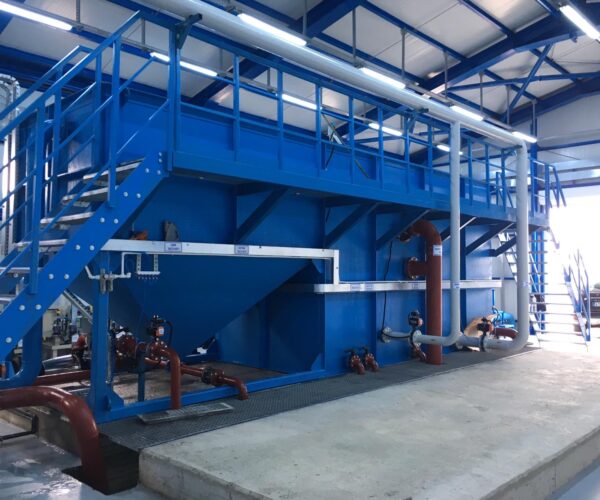İnfak Yapı İçme Suyu Arıtma
Drinking water is crucial for human health. To maintain a healthy life, it is necessary to provide reliable and clean drinking water.
Drinking water is obtained from natural water sources such as lakes, rivers, groundwater, and rainwater. The quality of water obtained from these sources depends on the level of pollutants and microorganisms in it. Therefore, the quality of drinking water is related to the protection of water sources and purification processes.
Drinking water purification is the process of purifying water obtained from water sources to remove harmful substances to human health. This process ensures the removal of bacteria, viruses, chemicals, toxins, organic materials, and other harmful substances in the water. The purified water is used as healthy drinking water that meets people’s daily needs.
Water purification generally involves processes such as chlorination, flocculation, sedimentation, filtration, disinfection, and pH adjustment. These processes ensure the removal of pollutants in the water and improve the quality of drinking water.
In addition, the protection of natural water sources is related to preventing pollution in water sources and maintaining the natural balance in them. Therefore, protecting drinking water sources ensures sustainable use of water sources and transferring them to future generations.
Water treatment facilities are vital in providing healthy drinking water and helping protect water sources. These facilities remove pollutants and harmful substances from water to obtain clean and healthy water.
Water treatment facilities generally involve a two-stage process. The first stage is pre-treatment. In this stage, large particles and sands in the water are removed by using a pre-filtering system. This step prepares the water for other processes. The second stage is chemical treatment. In this stage, chemicals are added to the water to remove pollutants such as organic materials, microbes, viruses, bacteria, and other harmful substances in the water using special chemicals. This process is one of the most important steps in water purification.
Another purification method is reverse osmosis. In this method, water is passed through special membranes under pressure to remove pollutants in the water. Reverse osmosis provides a higher purification efficiency compared to other methods and minimizes the loss of minerals in the water.
Water treatment facilities also help protect water sources. Purified water is returned directly to natural water sources, preserving the water cycle and allowing water sources to be used for longer periods. Therefore, water treatment facilities are of vital importance for the environment and human health.
In conclusion, drinking water is extremely important for human health. Protecting water sources and conducting purification processes correctly are necessary to provide clean and healthy drinking water. Therefore, it is important to be aware of drinking water and contribute to protecting water sources.
